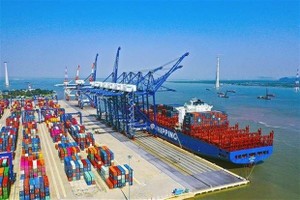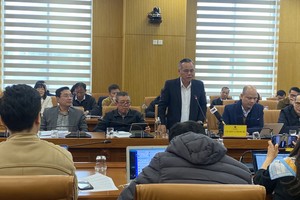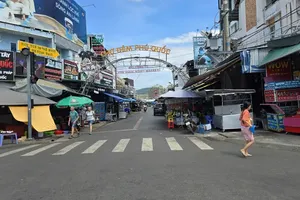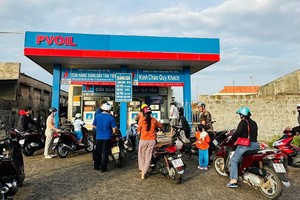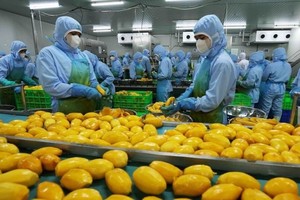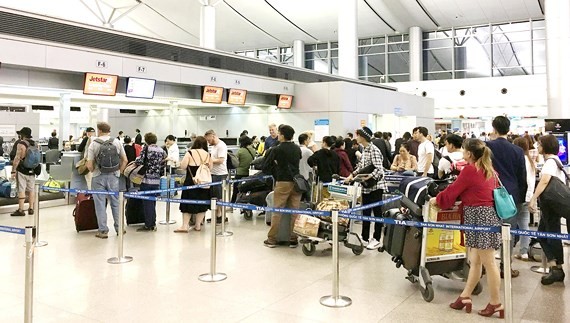
Last year, the number of passengers reached 106 million, an increase of 12.9 percent in comparison with that in 2017. This year, the number of passengers entering 21 terminals run by the Airports Corporation of Vietnam is expected to exceed 112 million people. If including the privately-owned Van Don International Airport, the number of passengers will be added around 200,000 people more.
Low-fare carriers make breakthrough
The Tan Son Nhat International Airport was extremely bustling during the first days of June – the first days of the summer break when several families began their vacations. The check-in area of the low-cost carrier VietJet was super crowded as with several promotional campaigns, it had attracted a large number of mid-income families. The check-in area of the national flag carrier Vietnam Airlines was equally crowded.
Despite being a four-star carrier, Vietnam Airlines still has a policy to offer reasonable fares so it also presented various appealing promotional campaigns, attracting lots of passengers with different income levels. Especially, low-cost carrier Jetstar Pacific, a joint-venture between Vietnam Airlines and Jetstar, has also made breakthrough with many sales promotions. Recently, it launched a promotion program in this summer in which families of four people or more, including children from 2 to 12 years old, travelling on its two new routes from Da Nang to Thanh Hoa and Vinh will be refunded for one passenger. This promotion program is applied for both one-way and round-trip tickets. The newly-born Bamboo Airways now has 14 routes with nearly 40 flights per day and the rate of passengers boarding its flights hits 80-90 percent.
Noticeably, not only domestic aviation market but also foreign one posted growth. In the first quarter of this year alone, VietJet has opened four more international routes whose revenue surpass domestic one, accounting for 55 percent of total air transport revenues. Meanwhile, Bamboo Airways plans to open a direct flight to the US by the end of this year or the beginning of next year at most.
Concerns over infrastructure
According to Mr. Pham Van Hao, deputy head of the CAAV, in comparison with general growth of global aviation industry, growth rate of Vietnam’s aviation industry can be considered to be fairly high. However, with a market of more than 90 million people and steady economic growth, this growth level is completely appropriate with assessments and forecasts of large aviation organizations and enterprises in the world, including the International Civil Aviation Organization (ICAO), the International Air Transport Association (IATA) and Boeing. This is a positive signal for aviation industry in particular and for Vietnam’s transport industry in general. The fact that low-cost airlines posted strong growth has helped mid-income people to have an opportunity to travel more conveniently.
However, whether the growth of infrastructure catches up with the growth of passengers of aviation industry or not? The CAAV said that overloading happens at some major airports, such as Tan Son Nhat and Noi Bai, especially during peak season and peak hours. It also said that the Government, the Ministry of Transport and cities have put great efforts to solve this problem.
The CAAV ordered ACV to schedule flights harmoniously, increase the number of red-eye flights to reduce load during peak hours and equip high-tech devices to optimize operation at airports. At the same time, it should promote projects to expand and upgrade airports, such as building T3 terminal, expanding and upgrading the capacity of Noi Bai Airport to 80-100 million passengers per annum.
Currently, the CAAV continues to review all regulations and procedures to enable investors to invest in aviation field. It said that in order for sustainable development, aviation industry must ensure safety and security and comply with not only domestic regulations and standards but also international ones.





